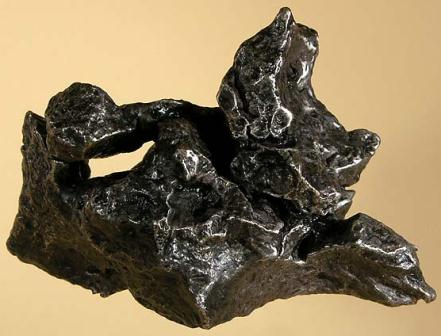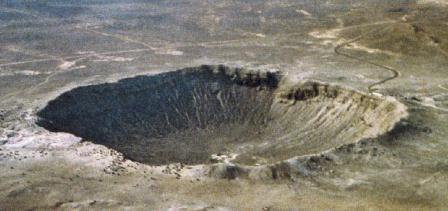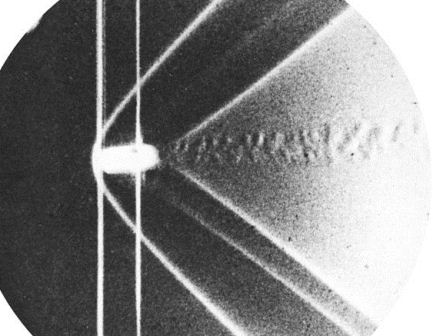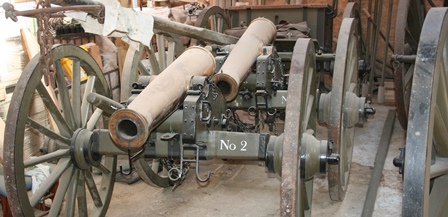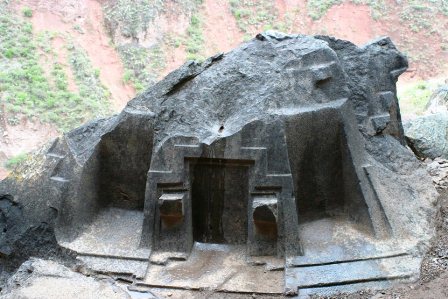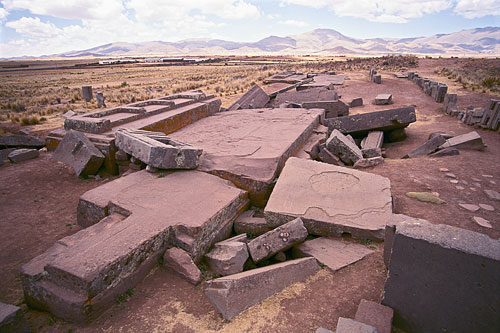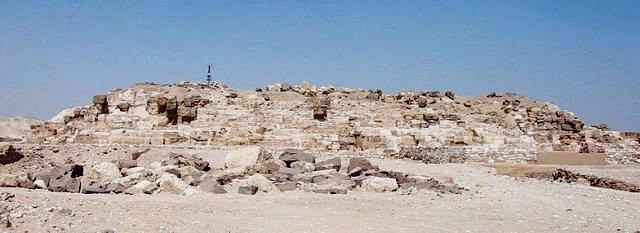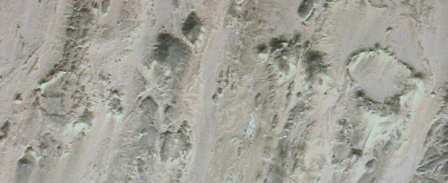|
*** Website under construction - links/searches not working yet ***
Meteor Shock Wave Damage
Meteor shock waves may have reshaped ancient history?
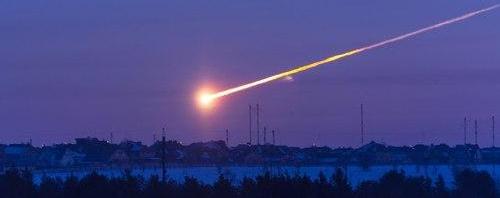
2013 Russian Chelyabinsk meteor event Did shock waves from a meteor destroy stone structures in Peru and Bolivia 4,500 years ago? A very large iron-nickel meteor broke apart and struck the earth in Campo del Cielo Argentina around 4,500 years ago. Could the shock wave from this meteor (or unknown others) traveling through the atmosphere over Peru destroyed some of the ancient megalithic stone structures? The recent event of the 10,000ton meteor that fell in the city of Chelyabinsk Russia on 15 February 2013 clearly illustrates that the shock waves from a meteor can do massive damage. According to scientist, this meteor that struck Russia is a once in a century happening and the first time there is video and auto record of this type of event. This meteor about 55 feet (17 m) wide — with the power of the explosion blast estimate of about 500 kilotons at high altitude occurred some 8-12 miles (14-20 kilometers) above ground in the thin atmosphere produced multiple shock waves did major damage to a few buildings and broke over a million square feet (93 thousand square meters) of glass windows. What destruction would a shock wave do from a meteor 10 to 100 times larger traveling at extreme speed in lower, thicker atmosphere? The Campo del Cielo meteor may be the destroyer or caused additional major damage to the extreme ancient megalithic stone structures in Peru and Bolivia (For reference: I call some archaeological sites “extreme ancient” because I am leaning toward the theory that they are more than 50,000 years old from very advanced unknown civilizations. These sites are not just in Peru but are located around the world; examples: Egypt – Sphinx and Abu Rawash, Turkey – Mount Nemrut; Cambodia – Plain of Jars, India – Gopika cave located at Nagarjuna Hill and many of the recent under water archeology discoveries. Sometime later I will write an article about my view point)
The Campo del Cielo Meteor
Strewn field and Size of Campo Meteor
Meteor Crater in Arizona formed by a nickel–iron meteorite about 54 yards (50 meters) across, which struck at a speed of 45,000 mph (72,420 kph) and meteorite itself was mostly vaporized upon impact. The resulting crater is about 4,000 feet (1,200 meters) in diameter, some 570 feet (170 meters) deep, and is surrounded by a rim that rises 150 feet (45 meters) above the surrounding plains. (ref note – only a few small pieces of the Arizona meter has been recovered) By contrast, the much larger Compo Meteor dissipated most of its kinetic energy in the air before the remains of the meteor hit the earth. The largest Compo Meteor fragment of 37tons was found 1969 at a depth of only 16 feet (5meters) by a meteor hunter using metal detector. This indicates that the Compo Meteor came into the earth’s atmosphere at a shallow angle and flew across the sky for many miles dissipating its kinetic energy before hitting the earth. Based on simple math, two or more meteors will dissipated most of its kinetic energy in the air before the remains of the meteor hit the earth for every one meteor that does not. Think of earth as a big target 7,926 miles (12,756 kilometers) in diameter with a bulls-eye diameter of 4,500 miles (7,242 kilometers). Any meteor hitting outside the “bulls-eye” would be the ones that dissipated most of its kinetic energy in the air. The bulls-eye has an area of 15,904,312 square miles (25,595,509 square kilometers) while the outside the bulls-eye to the earth diameter has an area of 33,435,559 square miles(53,809,316 square kilometers) or more than twice the area to receive a meteor hit. The numbers shown in this impact illustration are to convey the principle of direct hit to what would be a “sliding” meteor hit. The actual numbers would be dependent on the speed, mass of the meteor and the location of the meteor strike in relationship to the rotation of the earth.
The Shock Waves Shock waves are not conventional sound waves; a shock wave takes the form of a very sharp change in the gas properties on the order of a few mean free paths (roughly micro-meters at atmospheric conditions) in thickness. Shock waves in air are heard as a loud "crack" or "snap" noise. Over longer distances a shock wave can change from a nonlinear wave into a linear wave, degenerating into a conventional sound wave as it heats the air and loses energy. The sound wave is heard as the familiar "thud" or "thump" of a sonic boom, commonly created by the supersonic flight of aircraft. The closer you are to an object creating the shock wave, the stronger the energy and damage it could cause.
When a shockwave is created by explosion, it will always travel at high, supersonic velocity from its point of origin. Each explosion has its own velocity, example - high explosives such as TNT have a detonation velocity of 22,638 feet per second (6,900 meters per second). Explosion from object may send out shock wave at a frequency that causes the same or similar material to vibrate. Soldiers during the American Civil War and modern Civil War re-enactors wrote about cannons in battle ‘singing’ to each other. When one cannon is fired, other cannons barrels will start to vibrate and the bronze barreled cannons would ‘sing’ the loudest, like a continuous ring of a church bell and if fired when singing loud, it could blow up the barrel (this is a myth but one in six cannon barrels did exploded or cracked during use in the Civil War from metal fatigue, flaws in material, premature explosive shell detonation and excessive pressure from improper loading). Could a meteor explosion send out a shock wave at frequency that could make stones vibrate?
Vibration Frequency Break Stones
Location of an object on the ground directly effects on it or how much damage is inflected by shock waves. Area like Puma Punku ruins near Tiwanaku, Bolivia at 13,000 feet above sea level would be closer to the meteor flying over and would have stronger shock wave damage than other sites at sea level. The type of stone material, carved shape and position of stone monument structures will directly affect possible damage. A natural unaltered weathered stone than a carved stone shape and if a natural stone was broken, it would be along natural fault lines or existing cracks and would look like any other rock or stone after 4,000 years but if it is man carved block structure breaks, it would be easily seen.
Other places in the world
In south western desert of Egypt there are areas that have sand that has turned into glass (known locally as Dakhla glass) from extreme heat. Some science studies have concluded that the glass was formed from a meteorite slamming into Earth. If you view the area with Google Earth you will find what could be large craters, some being 3 miles (4.8 kilometers) wide. Could it be that both the Pyramid at Abu Rawash and Abu Ghurab were destroyed from meteor shock waves that exploded and impacted in to south western Egypt over 100,000 years ago?
Conclusion As strange as this theory may sound, it is something that must be considered as a possibility. Meteor shock waves may have reshaped ancient history Please leave your comments on our Facebook page: Ruble’s Wonderings – Forbidden Archeology & Science |
Books Published by Ron Ruble
| Ruble's Wonderings TM |
Ron Ruble Copyright (c) 2013 - 2015, All rights reserved.
